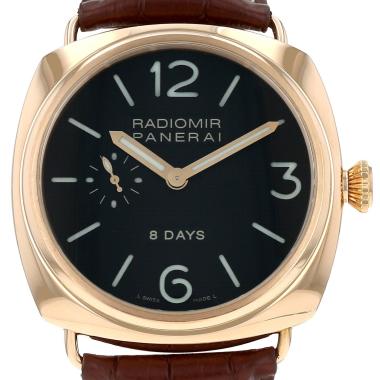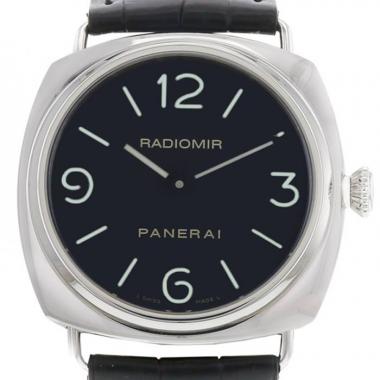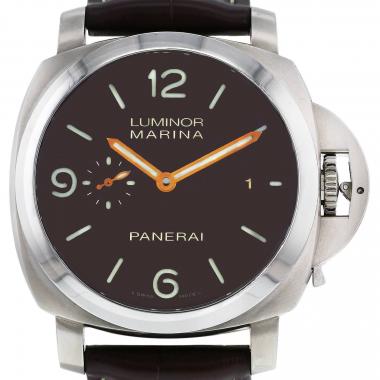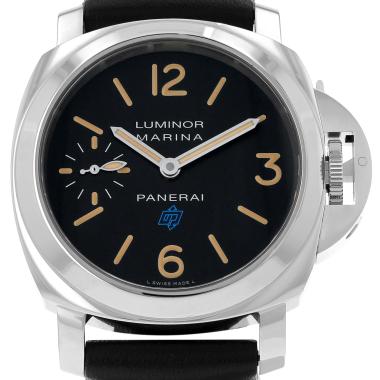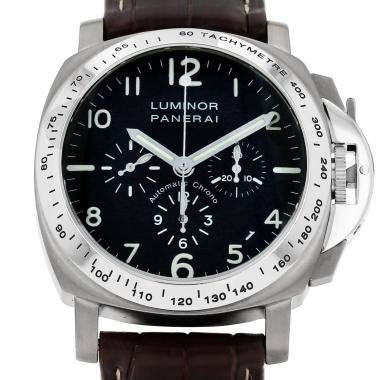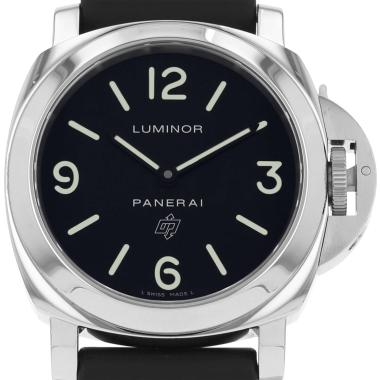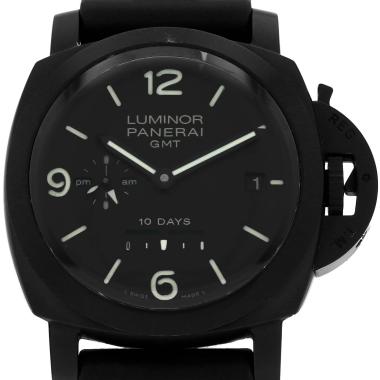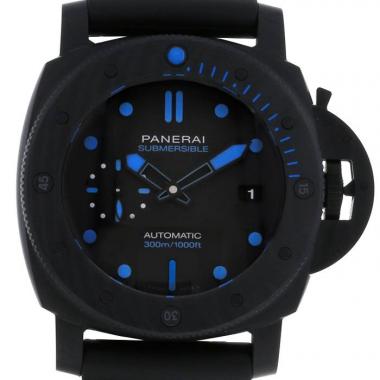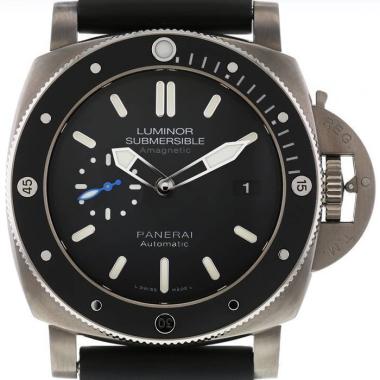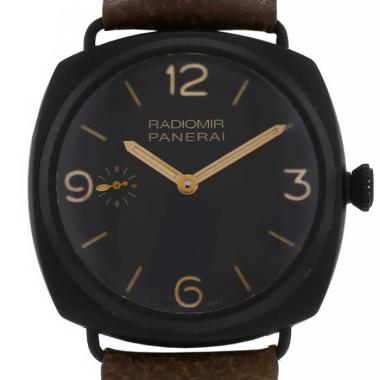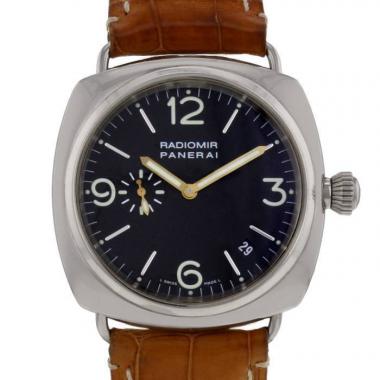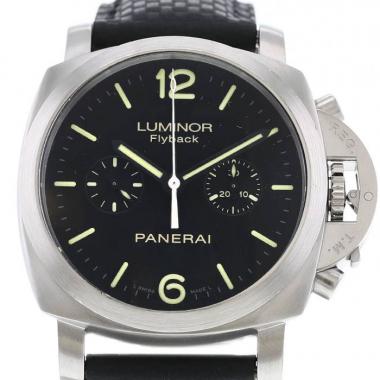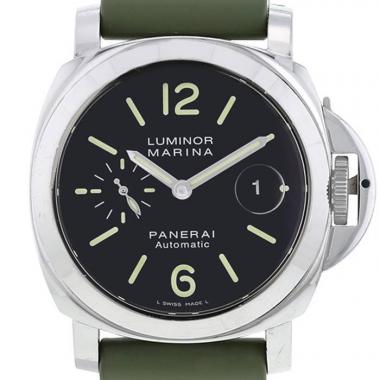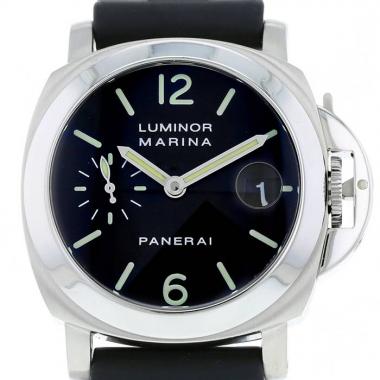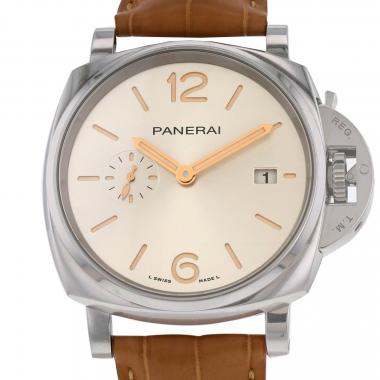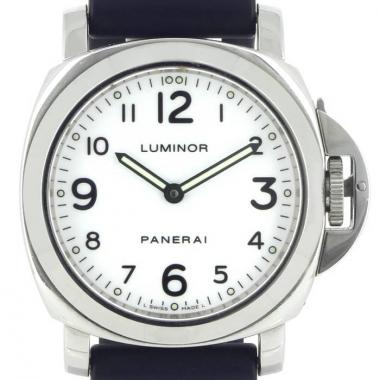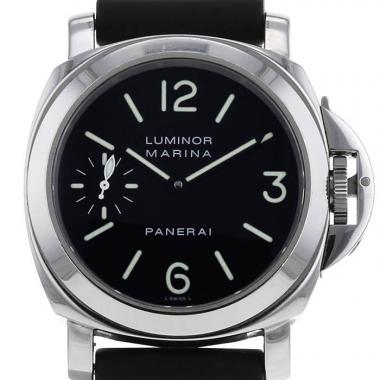The history of Panerai watches
In 1850, Giovanni Panerai opened a small watch making workshop in Florence. This was a family business and working closely with t
Panerai watches
In 1850, Giovanni Panerai opened a small watch making workshop in Florence. This was a family business and working closely with the best Swiss makers, the craftsman began assembling watches specialising in the art and techniques of casing, maintenance and repair.
In 1860, Giovanni Panerai opened a shop on the Ponte alle Grazie, the city’s first watch maker’s shop, which was taken over by his son and grandson, Guido Panerai, after him. In 1890 he breathed new life into the family business by specialising in high precision, mechanical watches and promoting the aesthetic simplicity which became the brand’s signature. Officine Panerai became the official supplier to the Italian Royal Navy.
The Panerai shop moved to the Piazza San Giovanni in Florence in 1900, where the historic workshop is based today. The signature ‘Orologeria Svizzera’ (Swiss horology), chosen at the time is still visible today.
Panerai combines creativity, quality workmanship and the perfection of Swiss horology. It also embodies the essence of modernity.
At the turn of the century Panerai also became the supplier of optical instruments and precision mechanical devices to the Ministry of Defence. The first trials of luminous materials began in 1910. A method was perfected to adapt the dials of instruments, the crosshairs of sighting devices and telescopes to be seen in the dark. The luminescence was obtained by a mixture of zinc sulphide and radium bromide which was then named ‘Radiomir’.
During the First World War, the Italian Royal Navy used chronometers, depth gauges and mechanical calculators, designed by Panerai, to launch torpedoes.
In 1936 the army ordered Panerai to create a waterproof, hard-wearing, reliable and easy to read watch for use in the underwater gloom. A prototype Radiomir was tested by the first submarine command group with success. Two years later, production of Radiomir watches for the Italian Navy began.
Panerai also equipped the Radiomir watch with an protective device and a screw-down winding crown: the crown bridge, enabling this watch to resist up to a depth of 200 metres which was a real achievement at the time.
A patent was granted for Luminor in 1949, the luminous, tritium based component that replaced the Radiomir mixture developed between 1910 and 1915. These two substances gave their names to the Radiomir and Luminor watches.
After the death of Giuseppe Panerai in1972, the engineer, Dino Zei, took over the Florence-based company and the family business changed its official name and legal status to become Officine Panerai s.r.l. The company was later bought out by the Richemont group, then known as Vendôme.
A new factory was opened in Neuchâtel, Switzerland in 2002 where all the company’s watches and most complex movements are now assembled. In 2005, Officine Parerai launched its first ever, entirely in-house manufactured watch: the P.2002. This new design featured an eight day power reserve with linear indicator on the dial, a GMT function and a seconds reset device. In 2006, a new version of the Luminor 1950 was equipped with the P.2002 calibre and in the same year the collaboration between Panerai and Ferrari began.
Officine Panerai still excites collectors and enthusiasts today and has also become a very fashionable brand, worn by stars. The case format is instantly recognisable, making it a very desirable object. The limited production and distribution of Officine Panerai’s designs fuels this craving. The Luminor design, in particular, has set a fashion for very large cases and has inspired other brands to increase the average diameter of their watches.
